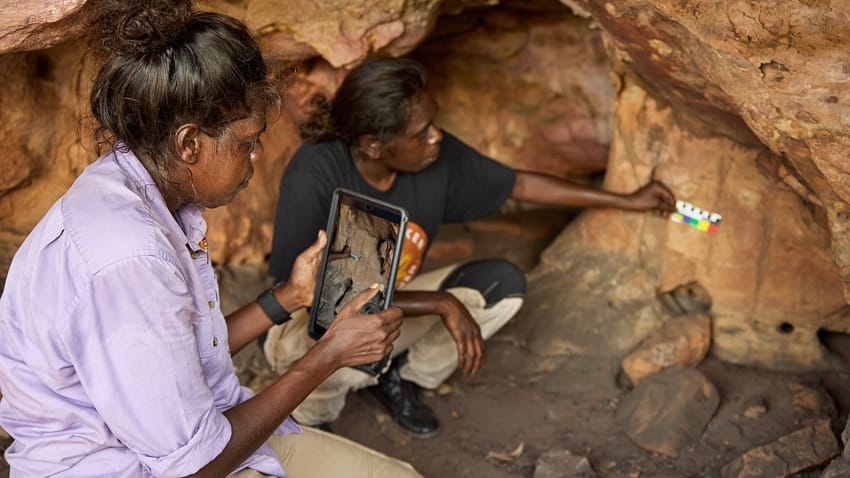Apple says it is collaborating with indigenous communities in Australia and Aotearoa New Zealand to advance technology’s role in preserving culture and enhancing education. As part of this initiative, Apple will be rolling out representation of Indigenous lands in Australia and New Zealand in Apple Maps, unveiling new community grants for local partners, and expanding the Apple Foundation Program to help students pursue careers in the growing iOS app economy.
Alisha Johnson Wilder, Apple’s senior director of Environment, Policy, and Social Initiatives, says “These efforts put community first by representing Indigenous land, expanding access to education, and protecting our shared environment.”
From today, Apple Maps will display Indigenous lands in Australia and Aotearoa New Zealand. These have been created by gathering information from Indigenous advisors, cartographers, Traditional Owners, language holders, and community members.

In Australia, language data published by the Australian Institute of Aboriginal and Torres Strait Islander Studies (AIATSIS) has been combined with information from local language holders, language centres, Aboriginal Land Trusts, and ranger groups to inform the updates in Apple Maps.
Apple says:
Representation of Indigenous lands in Apple Maps provides users with a more comprehensive experience while also recognising the stories and significance behind them.
Apple worked closely with Indigenous cartographers and several iwi (Māori tribes) in New Zealand to develop detailed place cards and map icons, including one for marae — a significant meeting place and cultural centre for Māori.
“For Tūhourangi, this partnership with Apple Maps is more than just a technological collaboration — it reflects our role as kaitiaki (caretakers), ensuring the protection and accurate representation of our cultural heritage,” said Annie Balle from Tūhourangi iwi. “By bringing our stories to a global audience, we can uphold our narratives, safeguard our data sovereignty, and demonstrate how Indigenous knowledge and technology can work together to promote cultural understanding and sustainability.”
In addition to the changes in Apple Maps, Apple is building on its existing partnership with Te Pūkenga New Zealand Institute of Skills and Technology, a vocational training and education organisation with 25 polytechnic and industry training divisions, to expand programming to more teachers in Māori immersion schools, helping to equip students with essential skills. Through this initiative, educators gain access to technology, digital curricula, and ongoing learning support, and earn a new accreditation in digital technology.

In Australia, Apple is deepening its work with the Karrkad Kanjdji Trust (KKT), established by Traditional Owners of the Warddeken and Djelk Indigenous Protected Areas across West and Central Arnhem Land. Apple has been working with KKT since 2022 on programs that provide employment and leadership opportunities in remote communities. These programs foster the transfer of essential knowledge between generations of women, blending traditional and cultural practices with cutting-edge science, strengthening environmental regeneration efforts, and helping combat climate change.

Anthony is the founder of Australian Apple News. He is a long-time Apple user and former editor of Australian Macworld. He has contributed to many technology magazines and newspapers as well as appearing regularly on radio and occasionally on TV.

